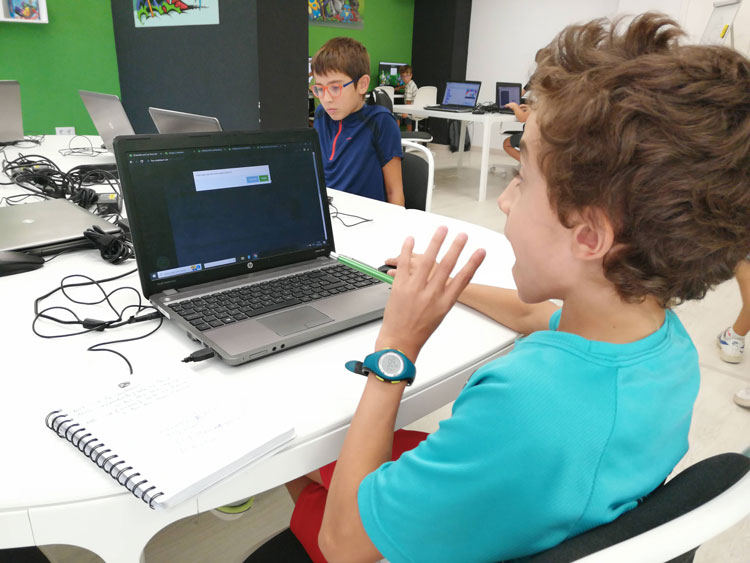Artificial intelligence is revolutionizing all aspects of our lives, and education is no exception. The integration of artificial intelligence into the education sector is transforming both the way students learn and the way teachers teach. There is a growing availability of tools which can change the learning dynamics we have seen so far, and it is necessary to understand them in order to make good use of them, harness their advantages, and overcome the challenges they may pose. Below, we identify some of the key changes that the integration of AI is bringing to the field of education.
1. Personalized Learning
One of the major challenges in the education sector is addressing the individual needs of each student in increasingly larger and more diverse classrooms. Artificial intelligence facilitates personalized learning and can be a valuable tool in tackling this issue. AI systems have the ability to analyze data on each student’s performance and learning preferences, allowing us to tailor materials and teaching strategies on an individual basis. This ensures that each student can learn at their own pace, taking into account their strengths and weaknesses, thus respecting individual needs and improving the performance of the entire group without anyone losing motivation.
2. Adaptive Learning
In this regard, artificial intelligence enables adaptive learning, automatically adjusting both the content and the difficulty of activities based on each student’s progress. AI algorithms analyze real-time performance and present each student with challenges that are suitable and aligned with their current skill level. This ability to provide different challenges for each student not only keeps students engaged and highly motivated but also helps them better grasp certain concepts, as they can delve deeper into topics that might have been covered more superficially if explanations had been exactly the same for an entire group of students.
3. Instant Feedback
Feedback is essential for effective learning, as it informs students about their progress and areas for improvement. Artificial intelligence allows for instant feedback to be provided to students each time they complete a task or exercise. This enables immediate error correction, right after working on the content, making it easier to prevent students from misunderstanding something for days. Instant feedback promotes a faster and more efficient learning cycle.
4. Virtual Assistants and Personalized Tutoring
Virtual assistants based on artificial intelligence systems are changing how students access information. These assistants can answer questions, provide detailed explanations, and offer guidance at any time. Additionally, virtual tutors can work one-on-one with students and provide personalized tutoring in areas that pose challenges. This not only reduces the workload of teachers but also offers students constant access to the help they need.
5. Predictive Analysis and Dropout Prevention
Artificial intelligence also has a significant impact on school management. AI systems can analyze both historical and real-time data to predict each student’s performance and level of engagement. This allows for the identification of students who may be at risk of dropping out and taking preventive measures to avoid it. AI can also suggest personalized interventions to help these students overcome their challenges and stay on the path to academic success.
6. Innovative Educational Content Creation
The way educational content is created is also changing lately as a result of integrating artificial intelligence into these processes. Language generation algorithms can efficiently produce educational material such as lessons and exercises. This saves teachers time and can lead to the creation of more engaging and innovative content. Furthermore, artificial intelligence can adapt content to different learning styles and preferences, ensuring a more inclusive learning experience.
Therefore, artificial intelligence is ushering in significant changes in the education sector. From personalized learning to instant feedback, AI can help improve the quality and effectiveness of certain processes. However, it is important to always remember that AI is a complementary tool for teachers and not a replacement. The combination of a teacher’s personal experience and AI capabilities has the potential to create an enriching and effective learning environment for students. It’s essential to maintain a balance that prioritizes the holistic development of all students, while also addressing the ethical considerations and challenges that arise from the use of AI in education (such as student data privacy, equal access to technology, or excessive reliance on machines). It’s important to stay informed and acquire the necessary knowledge and skills for both students and educators.

